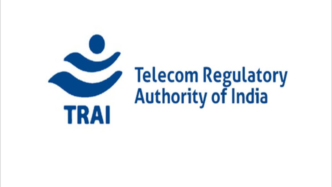New Delhi: In a move that has sent ripples through the Indian DTH industry, Tata Play has announced the removal of all Sony Pictures Networks India (SPNI) channels from the plans of nearly 10 million subscribers. The process began on August 1 and is expected to be completed over the next 10 days.
Tata Play CEO Harit Nagpal justified the decision, citing low viewership data for the Sony channels. Despite a significant portion of subscribers having access to these channels, only a quarter of them were actually tuning in, according to the company.
“We believe in putting the customer first,” Nagpal said. “By removing channels that aren’t being watched, we can reduce monthly bills for millions of subscribers.” He added that those who still wish to enjoy Sony channels can easily re-subscribe through the Tata Play app, call center, or SMS.
ALSO READ: Amazon’s Ad Revenue Soars, AWS Continues to Power Growth
However, SPNI has vehemently opposed the move, labeling it as “arbitrary” and “retaliatory.” The broadcaster claims that Tata Play’s decision comes in response to SPNI’s recent audit of the DTH operator’s subscriber management system, where discrepancies were identified.
“This is a clear case of retaliation,” said an SPNI spokesperson. “We have communicated several concerns about the subscriber data to Tata Play over the past few years, and this decision seems to be a direct response to our efforts to ensure transparency.”
The removal of Sony channels is the latest chapter in the ongoing tussle between broadcasters and DTH operators over channel pricing and distribution. Tata Play’s decision to reduce subscription plans for millions of subscribers in March 2022 had already set the stage for a more aggressive stance on channel carriage.
While Tata Play is betting on increased customer satisfaction through lower bills, the move could potentially impact its advertising revenues. The company, however, remains optimistic about its strategy.
As the dust settles on this high-stakes battle, industry experts are closely watching the developments. The outcome could have far-reaching implications for the entire DTH ecosystem.













